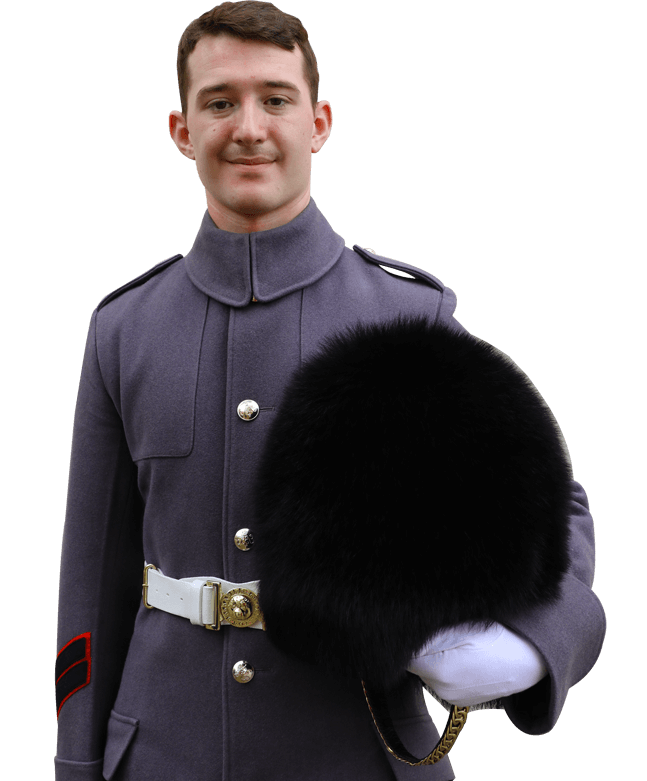Body Relaxation Techniques
Overview: Body Relaxation techniques
If you are feeling calm and relaxed in your body, you think more clearly and make better decisions. So it’s worth paying attention to your body when you’re feeling tense. There are a number of different techniques that can be used to help us bring our bodies back to a state of calm and relaxation.
The Why
By bringing our body back to a state of calm and relaxation, we come out of ‘threat’ mode, so we are in a much better state to make rational decisions and perform at our best. This is because once our ‘threat’ system is offline, our rational brain is able to work at full capacity. Try out these relaxation techniques and see which ones work best for you.
Great for…
Exercise
Stop
Pay attention to how you feel in your body
Challenge
Is your body tense? Is it contributing towards you feeling positive, calm and relaxed?
Change
Change how relaxed you feel in your body by using the step-by-step guide below or listening to the audio file.
Progressive Relaxation
Listen to the Progressive Relaxation exercise
Progressive relaxation involves tensing and relaxing muscles throughout your body to help release stored up tension and stress. It is very effective if you’re having trouble getting to sleep but you can also use it throughout the day if you are struggling to relax. You can guide yourself once you know the steps or use a guided audio. There are so many guided audio options to choose from for free on the internet. Make sure you pick one with a voice you find calming and relaxing.
Through practice you can start to recognise the difference between the feelings of a tensed muscle and a completely relaxed muscle. That way you can respond to the first signs of muscle tension by tensing and releasing your muscles progressively throughout your body. Muscle tension tends to accompany anxiety or stress so it is great to be able to respond as soon as you recognise this physical response.
Ideally you should try and spend 10-15 minutes doing a progressive relaxation exercise but if you can only find 5 minutes, then that’s fine too. Do the exercise as regularly as you can – preferably once or twice a day. And try to find somewhere quiet so that you can refocus your attention to your muscles and your body.
Remember, this is a preventative as well as an active tool. In other words it’s a useful exercise to practice not just when you are feeling tense but to help prevent the build-up of tension too.
Please note, if you have any problems such as pulled muscles, broken bones or any medical issues please consult with a doctor before you engage with this relaxation tool.
Step 1: Practising tensing the muscle:
Firstly, start by tensing a specific muscle group e.g. your right hand. Focus on the muscle whilst taking a deep breath and squeeze the muscles in your right hand for about 5 seconds. Feel the tension in your hand by making a tight fist. Try to focus on the right hand only and don’t let other parts of your body tense. Don’t tense so hard that you hurt yourself but ensure you really feel and focus on the tension.
Step 2: Practising relaxing the muscle:
The next step is to relax the tensed muscles. After your 5 seconds of tensing, let go of that tension and let the tightness flow out of the muscles so that they feel relaxed and limp. Really focus on how different the feeling is between the tense and relaxed muscle and engage with the feelings of the relaxed muscle. Stay in this relaxed state for about 15 seconds before moving onto the next muscle group.
Step 3: Now start from the bottom and work up:
Ideally you would start at your feet and work your way through the different muscle groups of your body, but if you prefer to start somewhere else, that’s fine, as long as you work through all the different groups in your exercise.
The different muscle groups to focus on are listed below:
- Foot (curl your toes downward)
- Lower leg and foot (tighten your calf muscle by pulling toes towards you)
- Entire leg (squeeze thigh muscles while you are still tightening your lower leg)
(Repeat on other side of body)
- Hand (clench your fist)
- Entire right arm (tighten your biceps by drawing your forearm up towards your shoulder and “make a muscle”, while clenching fist)
(Repeat on other side of body)
- Buttocks (tighten by pulling your buttocks together)
- Stomach (suck your stomach in)
- Chest (tighten by taking a deep breath)
- Neck and shoulders (raise your shoulders up to touch your ears)
- Mouth (open your mouth wide enough to stretch the hinges of your jaw)
- Eyes (clench your eyelids tightly shut)
- Forehead (raise your eyebrows as far as you can)
- Whole face (scrunch your whole face up)

